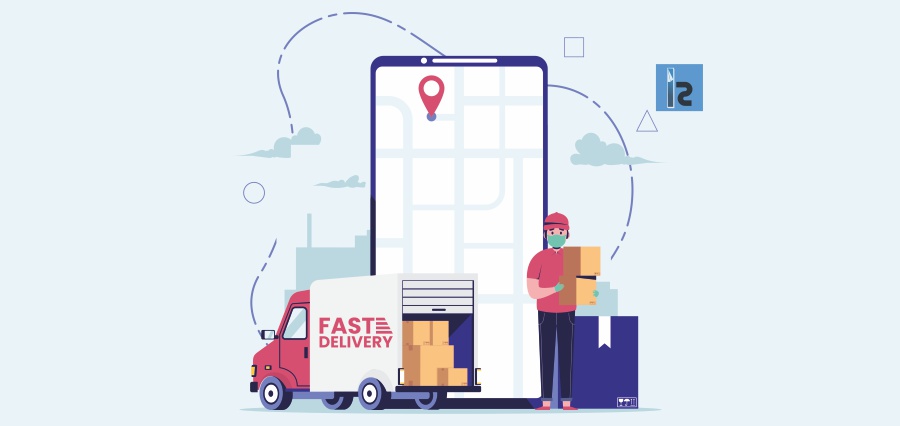Given that the coronavirus outbreak has spread and its impact on humanity has grown, industries that help provide for essential needs, such as getting food and required supplies safely to consumers, are increasingly being affected. The Food packaging industry, also being the packaging industry’s largest area of activity that has been providing a turn over of $900 billion per year worldwide, has been on the front lines of this pandemic.
The pandemic has already led to some of the sharpest declines in recent times in demand for certain types of packaging while accelerating growth for others such as packaging for e-commerce shipments that have emerged as lifelines in this new world. Such drastic changes have been presenting many packaging companies with a new set of challenges.
COVID-19 Pandemic: Packaging demands remain constant
There had been predictions that the impact of the coronavirus crisis on the packaging industry will be mixed and this pattern has already been playing out in countries such as China and South Korea, which have been the first to confront the pandemic.
Demand in supply for packaging for groceries, healthcare products, and e-commerce transportation has surged. At the same time, demand for industrial, luxury, and some B2B-transport packaging has declined. The major impact on packaging players would depend on their portfolios and exposures to different regions, end uses for packaging, and substrates. As the pandemic has tightened its grip on other regions, packaging demand in those regions is likely to move through a few phases.
Phase one being the period of initial shock, that would typically last at least four weeks but could extend for much longer. Constantly changing consumer sentiments translates to cutbacks in a number of categories, reducing demand for certain types of packaging. The immediate demand shocks to the packaging industry are less drastic than for sectors such as travel and hospitality, but they could be substantial in several areas:
- Industrial, bulk, and transportation packaging
Increase in demand for this type of packaging has been closely linked to the trend in GDP and the level of industrial activity, so the sharp decline related to COVID-19 leads to a reduction in packaging demand. Nevertheless, some of this has been offset by industrial customers stockpiling purchases of intermediate bulk containers and drums, which causes a temporary spike in demand.
At the same time, numerous other segments such as packaging for the food and pharmaceutical industries continue to see robust demand. High growth in demand for corrugated packaging for e-commerce and grocery deliveries has also been offsetting some demand lost elsewhere with industrial customers.
- Consumer packaging
Demand is more likely to shift drastically in the food area as the consequence of the pandemic shutting down restaurants and food-service outlets. Consumers would thus continue to move to grocery purchases, for which packaging demand will rise. Consumers would wish to stockpile and their panic purchases of food, beverages, and home-care necessities accentuates this trend. But demand for nonfood and premium-good packaging has been hitting hard as stores are required to close and as consumers start to cut back on their spending.
- Healthcare packaging
Demand could rise across different healthcare-packaging types and related substrates, including flexible blister foils, pumps, closures, and rigid plastics. On a similar note, demand would rise for packaging used in dietary supplements, such as vitamins, and for essential supplies, such as allergy medication, that consumers will need in a lockdown situation.
“Packaging-company leadership teams should assess which shifts are getting under way in customer and consumer sentiment and which behaviors may stick after the crisis—for example, hygiene requirements, e-commerce, and resurgent concerns about sustainability. They can also consider rethinking their business portfolios so that they can ensure the stable cash flows and healthy balance sheets that can protect their companies.” (Source : McKinsey.com)
Steps that packaging companies should take to bring this under control could include narrowing the range of substrates they currently use. They could also extend to evaluating acquisition opportunities of assets in the market that in the long run could strengthen their business. And finally, companies would need to make a regular practice of the kind of vigilance that served them well at the start of the crisis thinking through the network implications for their plants and supply chains and the potential risks related to single sources of raw materials and packaging components.
– Vedika Mansukhe
Content Writer


